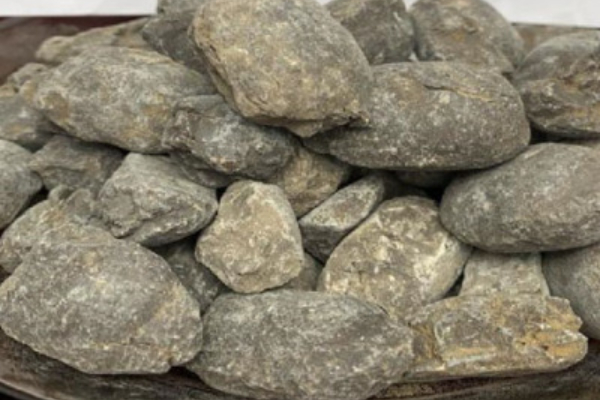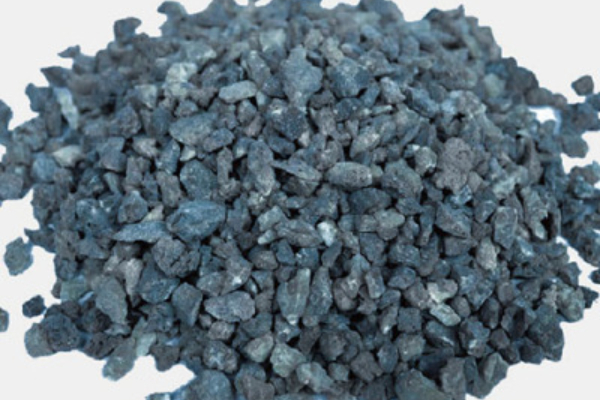Fused magnesia calcium sand is made from natural magnesite and dolomite ore as raw materials, mixed according to a certain proportion, and melted at a high temperature above 2750°C. Fused magnesia calcium sand is fully smelted and has a complete crystal lattice and low activity. Its microstructural characteristics are the main crystal phase periclase (MgO grain: 0.020.20mm) in a molten state on the sand surface and the periclase in the form of a curved film are wrapped around each other and are evenly distributed and dense in structure. MgO and CaO have a uniformly distributed three-dimensional network structure, which makes them highly resistant to corrosion and hydration. The strength and slag corrosion resistance of fused magnesia-calcium sand are better than those of sintered magnesite-calcium sand.

Fused magnesia calcium sand VS sintered magnesite calcium sand
Contrast on intensity
The strength of magnesite-calcium sand depends on the bulk density and firing temperature. The higher the bulk density, the lower the powdering rate; the higher the firing temperature, the greater the bulk density, and the higher the strength. Fused magnesia calcium sand is melted at high temperatures above 2750°C. In the molten state, the raw materials are fully contracted and reacted, and their packing density is almost greater. Moreover, its melting temperature is much higher than the burning temperature of the two-step calcination (1700℃1800℃), and its grains are larger and more complete in development. It can be seen that the strength of fused magnesia-calcium sand is higher than that of sintered magnesium-calcium sand.

Comparison of slag corrosion resistance performance
Since the sub-crystal phase periclase and the main crystal phase periclase of fused magnesia sand have a high-strength bond, and the sintered magnesia sand has the same slag erosion resistance mechanism, the fused magnesium-calcium sand is filled in the angle between the main crystal phases. The low-melting substance produced by the chemical reaction between magnesia-calcium sand and steel slag does not easily generate a large area of liquid phase. Therefore, the slag resistance of sintered magnesia sand is not as good as that of fused magnesite sand.
 Rongsheng Group
Rongsheng Group

WeChat
Scan the QR Code with wechat